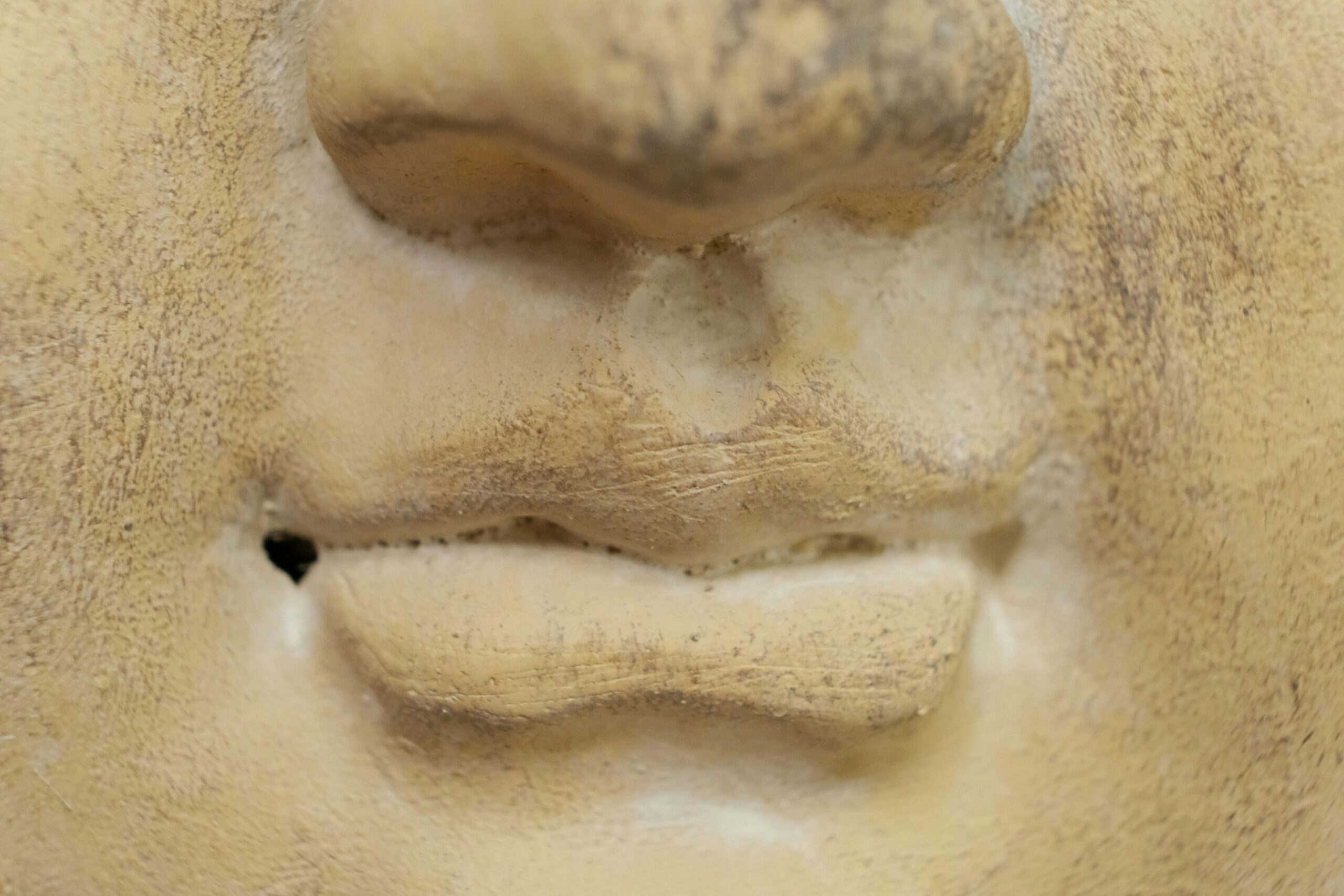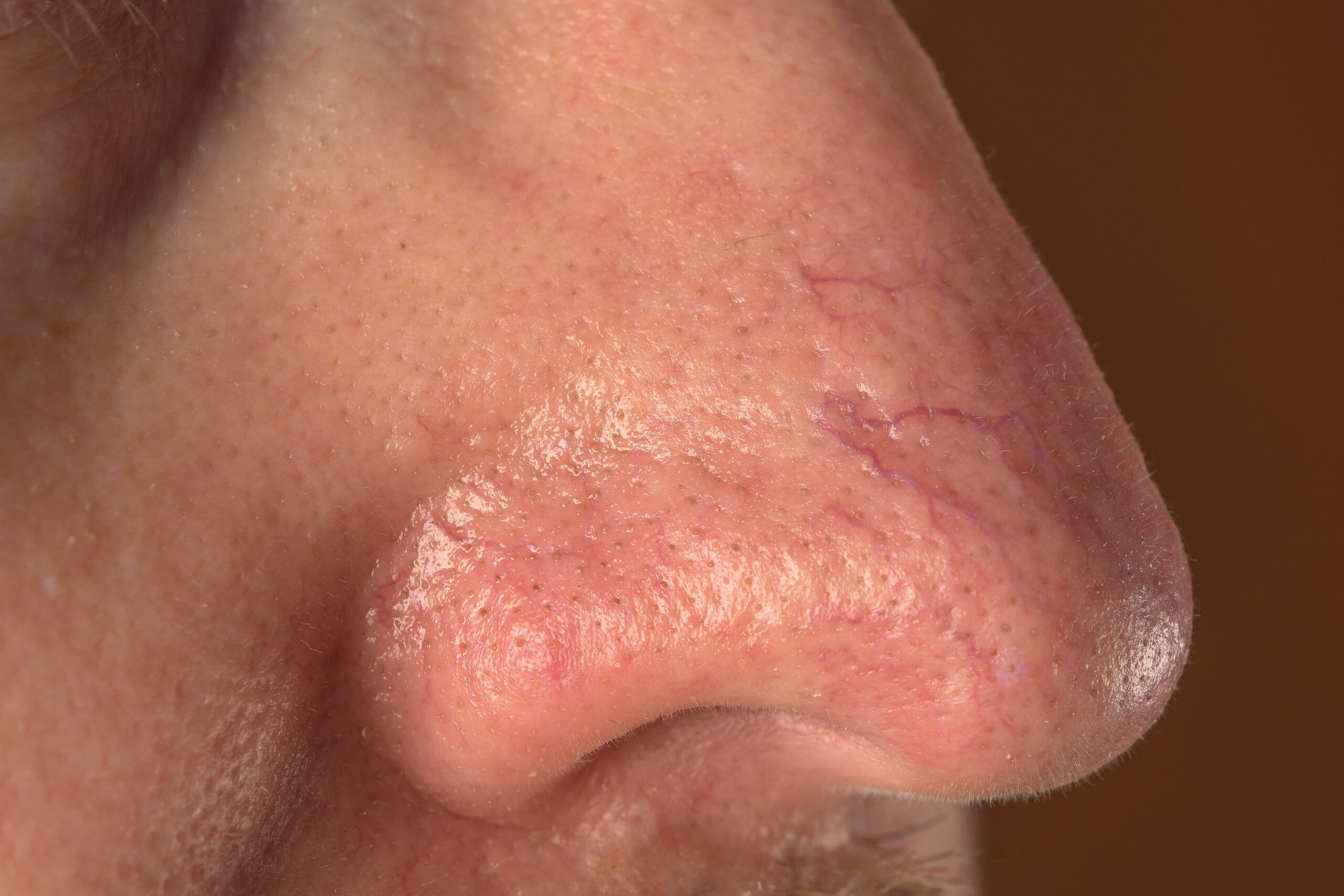Chronic plaque psoriasis is the most prevalent form of psoriasis, representing over 80% of all cases. This condition is chronic and characterized by periods of relapse and remission. It typically manifests as symmetrical, well-demarcated, thickened plaques with erythema and silver-white scaling. These lesions commonly appear on the extensor surfaces such as the elbows and knees, as well as the scalp, trunk, and gluteal fold, though they can occur anywhere on the body. On darker skin tones, the plaques may appear brown, purple, or grey, differing from the pink or red presentation on lighter skin. In some cases, plaques can merge to cover large areas, especially on the trunk and limbs.
Chronic plaque psoriasis affects approximately 125 million individuals globally and has no strong gender bias. It can occur at any age, with childhood prevalence ranging from 0 to 1.4% and adult prevalence from 0.5% in Asia to up to 8% in Northern Europe. This form of psoriasis is often classified into large plaque and small plaque types. Large plaque psoriasis frequently begins before age 40 and is often linked to a family history, whereas small plaque psoriasis may emerge later in life and less commonly runs in families.
The development of chronic plaque psoriasis is influenced by genetic, environmental, and behavioral factors, with genetic predisposition being the most significant. Numerous genetic loci have been associated with the disease, such as HLA-Cw6, which correlates with early-onset and more severe presentations. Environmental and behavioral triggers include infections (notably streptococcal and HIV), medications (e.g., lithium, beta-blockers), smoking, skin trauma, and psychological stress. Climatic variations also influence disease severity, with flares more common in winter and improvements often observed during summer, although some patients experience photosensitive exacerbations.
Pathophysiologically, chronic plaque psoriasis is driven by overactivation of both the innate and adaptive immune systems. T-cells, dendritic cells, neutrophils, and cytokines such as IL-23, IL-17, and TNF-alpha contribute to sustained inflammation and keratinocyte hyperproliferation, resulting in the characteristic thick plaques.
Clinically, patients may report significant pruritus, especially during flares. Pain can occur when plaques crack or become fissured. Lesions are classically symmetrical and range in presentation depending on location. Scalp involvement can range from mild scaling to dense plaques. Facial lesions often appear around the hairline, ears, and eyebrows. In the flexural areas, lesions may lack scale due to moisture and can be mistaken for fungal infections. Genital psoriasis, affecting roughly one-third of cases, can significantly impact quality of life. Involvement of the palms and soles may result in thick plaques and painful fissures, while nail involvement presents with pitting, onycholysis, and dystrophy.
Several clinical signs support the diagnosis, such as the Koebner phenomenon (lesions triggered by trauma) and the Auspitz sign (pinpoint bleeding when scales are removed). Subtypes include annular, linear, rupioid, and elephantine psoriasis, among others. These presentations vary in appearance and prognosis.
Diagnosis is typically clinical, supported by history and examination. The Psoriasis Area and Severity Index (PASI) quantifies disease severity, while dermatoscopy may reveal characteristic vascular patterns. Histologically, psoriasis demonstrates epidermal thickening, parakeratosis, neutrophils in the stratum corneum, and dilated dermal capillaries.
Chronic plaque psoriasis must be differentiated from conditions like seborrhoeic dermatitis, eczema, tinea infections, and cutaneous lymphoma. Accurate diagnosis guides effective management.
Treatment focuses on reducing symptoms and improving quality of life. General lifestyle modifications include smoking cessation, weight management, and minimizing alcohol consumption. Mild disease typically responds to topical agents such as corticosteroids, vitamin D analogues, calcineurin inhibitors, coal tar, and keratolytics like salicylic acid. More extensive or resistant disease may require phototherapy (e.g., UVB, PUVA) or systemic treatments such as methotrexate, cyclosporine, and acitretin.
For moderate to severe cases, biologic therapies have revolutionized care. These include TNF-alpha inhibitors (adalimumab, infliximab), IL-12/23 blockers (ustekinumab), IL-17 inhibitors (secukinumab, ixekizumab), and IL-23 inhibitors (guselkumab, risankizumab). Novel treatments like JAK inhibitors and PDE4 inhibitors offer new hope, particularly for patients with inadequate response to conventional therapy.
While psoriasis is a lifelong condition without a definitive cure, ongoing advancements in therapeutic options—particularly biologics—have greatly improved outcomes. Preventive strategies focus on avoiding known triggers, maintaining skin hydration, and adhering to treatment plans. For many, remission and significant symptom control are achievable goals.



